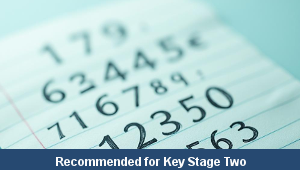Home > Key Stage Two > Science > Year Six Planning > Light
Lesson Two – The Eye

This science teaching pack for Key Stage Two gets the children to research and record answers to different quiz questions to explain a range of facts and information about how the eye works in the human body.
The class can practise testing each other about their knowledge and understanding of how the eye functions and the location of each of its different parts.
Download this teaching pack including a lesson plan, classroom activities and an interactive presentation to research and record answers to different quiz questions to explain a range of facts and information about how the eye works in the human body
Activities in this teaching pack include display posters to identify and describe the function and location of different parts of the human eye and worksheet and cards to research, match and record information to answer different questions about the human eye.
The interactive presentation gets the children to explore answers to quiz questions to explain facts and information about how the eye works.
This lesson is part of a science scheme of work to get the children to explore and model concepts about how light is produced and how it can travel through different materials. There are teaching activities for shared learning, differentiated worksheets to support independent learning and interactive presentations to introduce concepts and key skills.
-

Maths Arithmetic Assessment
Assess abilities in solving arithmetic number problems for addition, subtraction, multiplication and division when working with informal and formal written calculations
-

Environment
Identify and describe some of the special landscapes and locations that can be found in the world and reflect on how they can be protected and preserved for the future
-

Silent Letter Words
Explore and illustrate the meanings and spellings of some different words with silent letters when using them in a range of topics and scenarios
-

Complaint Letters
Explain and model how to format and structure writing when composing letters of complaint about different issues and scenarios
